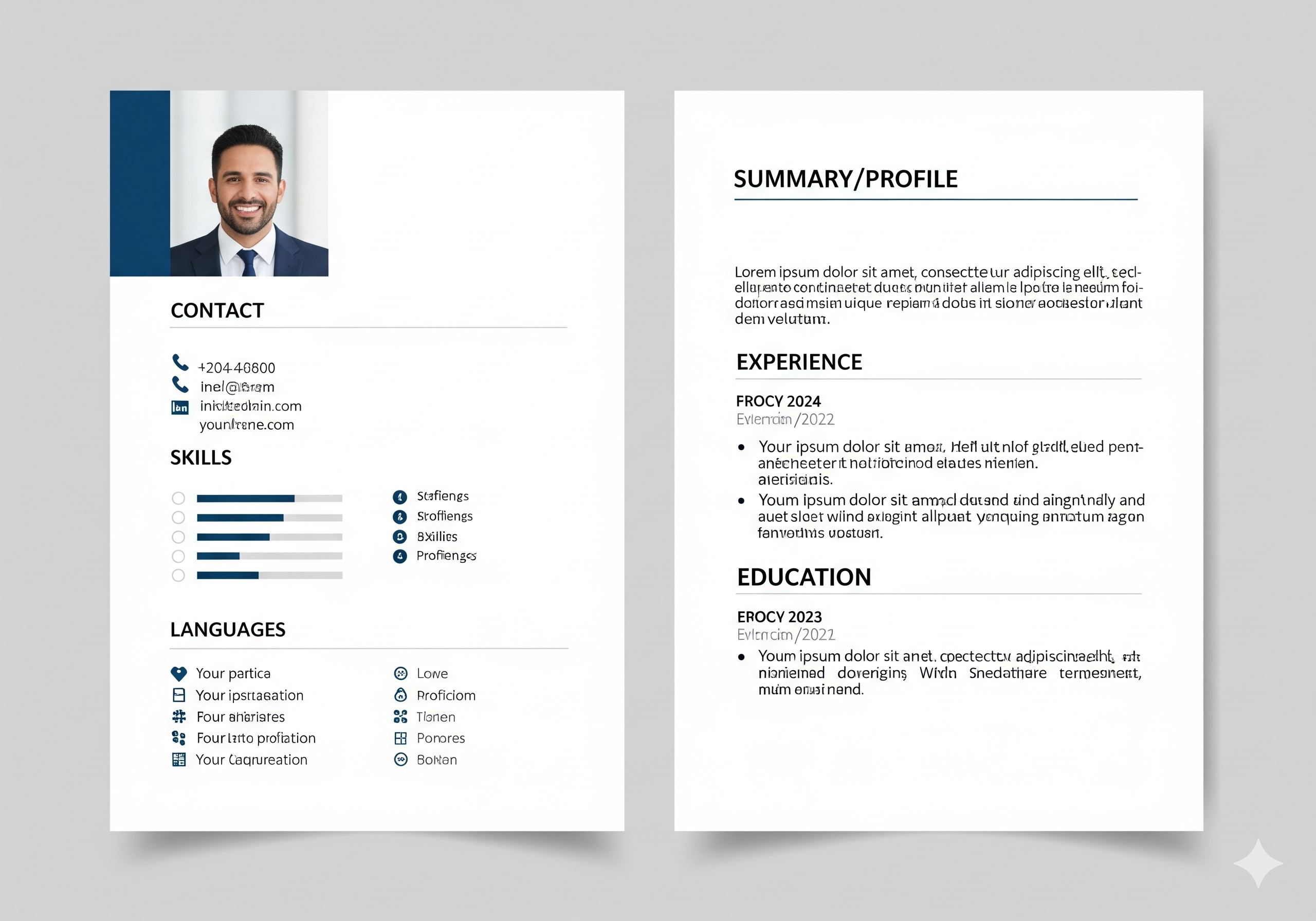How to Foster a Diverse and Inclusive Workplace
Creating a workplace that values diversity and inclusion isn’t just about meeting quotas—it’s about building an environment where every individual feels respected, valued, and empowered to contribute their best. A truly inclusive culture drives innovation, enhances employee satisfaction, and strengthens overall business performance.
Why Diversity and Inclusion Matter
A workplace that embraces diversity benefits in multiple ways:
✅ Encourages fresh perspectives and creative problem-solving.
✅ Enhances employee morale, reducing turnover and increasing retention.
✅ Reflects a broader customer base, improving market reach and business growth.
✅ Promotes better decision-making by incorporating varied viewpoints and experiences.
So, how can organizations create a more diverse and inclusive work environment? Here are some key steps:
1. Implement Inclusive Hiring Practices
- Focus job descriptions on essential skills and qualifications while using inclusive language.
- Expand outreach efforts to diverse hiring platforms, universities, and professional networks.
- Use structured interviews and blind resume reviews to minimize unconscious bias in hiring.
2. Cultivate a Culture of Inclusion
- Encourage open discussions on diversity, equity, and inclusion (DEI) in the workplace.
- Create safe spaces where employees can share their experiences and perspectives.
- Celebrate cultural events, heritage months, and diverse traditions to foster a sense of belonging.
3. Promote Equal Growth and Development
- Offer mentorship and sponsorship programs to support employees from underrepresented backgrounds.
- Ensure performance evaluations are unbiased and leadership opportunities are accessible to all.
- Conduct regular pay equity reviews to address and prevent wage disparities.
4. Provide Ongoing DEI Training
- Educate employees on topics such as unconscious bias, microaggressions, and inclusive communication.
- Equip managers with the skills to create and lead diverse teams effectively.
- Encourage active ally ship by fostering an environment where employees advocate for one another.
5. Lead by Example
- Senior leadership should actively demonstrate inclusive behaviors and accountability.
- Build a diverse leadership team that reflects the organization’s commitment to inclusion.
- Set measurable DEI goals and regularly assess progress to ensure continuous improvement.
6. Support Employee Resource Groups (ERGs)
- Encourage the formation of ERGs based on shared backgrounds or interests.
- Provide resources and support for ERG-led initiatives and events.
- Use ERGs as a platform to gather employee insights and drive positive workplace change.
7. Measure Progress and Adapt
- Conduct regular employee surveys to assess workplace inclusivity and satisfaction.
- Track diversity metrics in hiring, promotions, and retention rates to identify areas for improvement.
- Continuously refine DEI strategies based on feedback and data-driven insights.
Creating a Workplace Where Everyone Thrives
True inclusion is about more than policies—it’s about fostering an environment where every employee feels seen, heard, and valued. Organizations that prioritize diversity and inclusion attract top talent, drive innovation, and cultivate a positive workplace culture.



